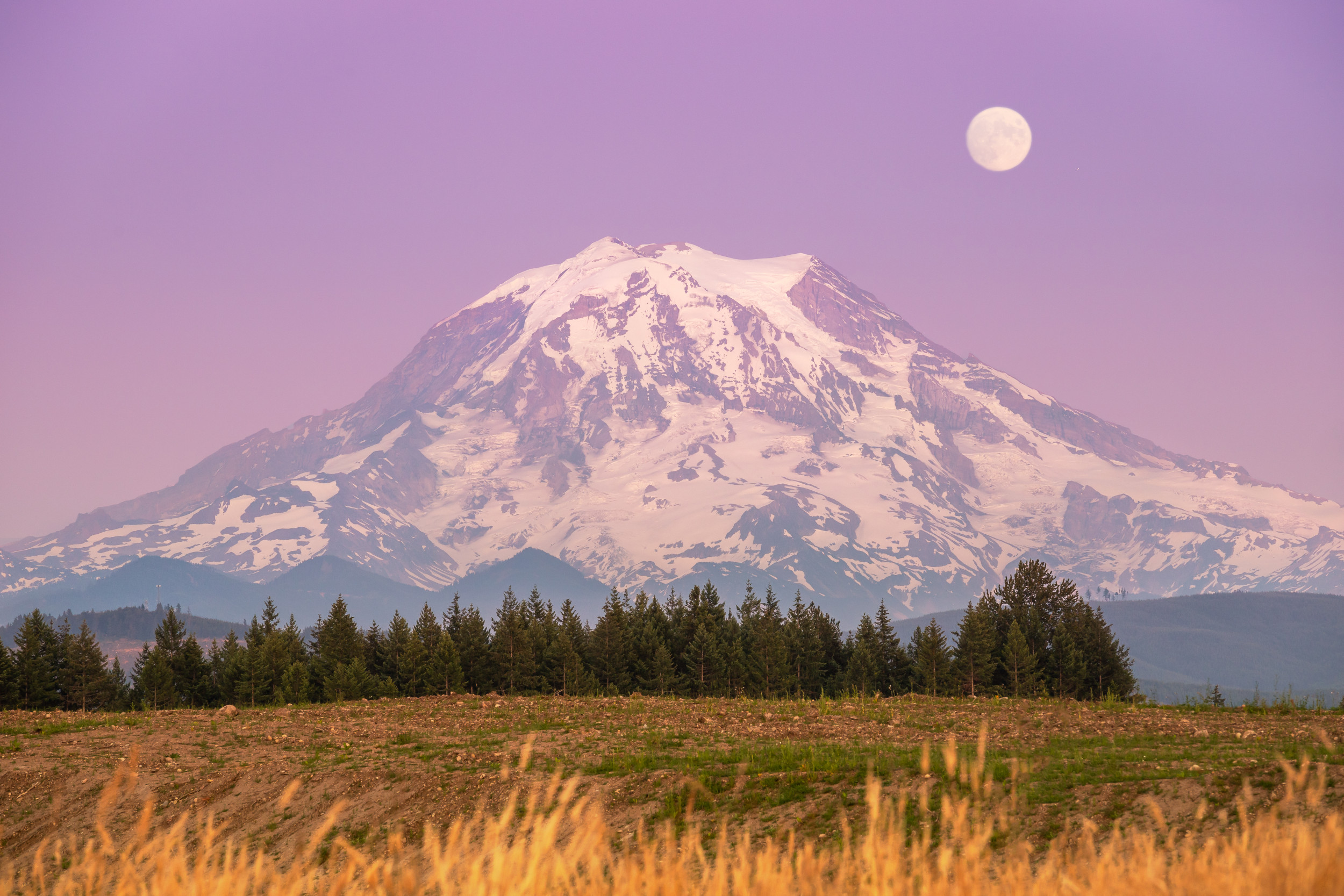Breaking news for the Pacific Northwest: Mount Rainier, a symbol of Washington state, has recently been confirmed to be shorter than we thought.
This revelation comes from Eric Gilbertson, a local scientist and mountaineer, who has discovered that the volcano’s iconic summit has actually shifted and decreased in height.
Gilbertson, a teaching professor in mechanical engineering at Seattle University, made the findings during a summit expedition. “Mt Rainier is the tallest and most prominent peak in Washington, easily visible from Seattle on clear days and even featured on the state’s license plate,” he explains in his blog.

Using precision GPS technology from his university, Gilbertson found that the mountain’s official summit, known as Columbia Crest, is now not the highest point on Mount Rainier. On August 28, he measured Columbia Crest at 14,389.2 feet, while the southwest crater rim peaked at 14,399.6 feet. This marks a reduction of about 10 feet from its previously recognized height of 14,410 feet, established in the mid-20th century.
Since 1998, Columbia Crest has shrunk by 21.8 feet. The main contributor? Melting ice. Gilbertson explains, “The summit’s crater rim tends to melt out to rock each summer, but historically, there’s been a permanent ice dome on the west side.” This dome, known as Columbia Crest, has been affected by seasonal changes, with measurements taken late in the summer when the ice cap is at its thinnest.
Gilbertson’s measurement journey began in 2022, sparked by reports from guides who noticed something was off at Columbia Crest—the traditional peak where climbers celebrate their victories. He acknowledges the accuracy of his work—only off by 0.1 feet—but these new figures aren’t officially accepted yet; the United States Geological Survey (USGS) still lists the former height.
While he doesn’t attribute the shrinking solely to one cause, he notes that climate change may be heavily influencing the mountain. Mount Rainier has lost an alarming 42 percent of its glacier ice since 1896, with at least one glacier completely disappearing.
Gilbertson estimates that the southwest crater rim became the highest point around 2014, highlighting the ongoing changes the majestic mountain continues to face.
